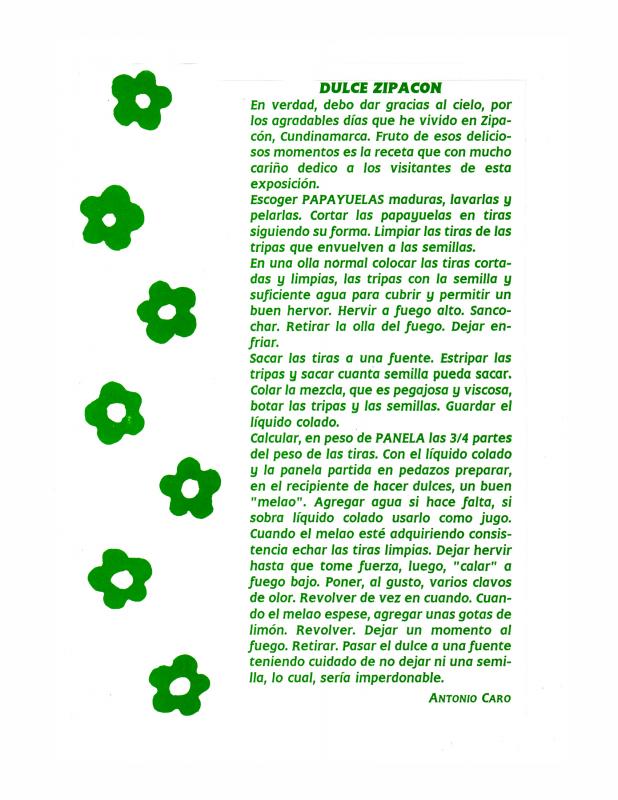This flier is a fundamental part of the first presentation of Colombian indigenous leader Manuel Quintín or Quintín Lame (1880–1967) by Antonio Caro Lopera (1950–2021). Indeed, the work consisted of fliers like this one, which Caro handed out to the public. Signed by Quintín Lame, the fliers documented some of the struggles he had led. Due to the sort of viewer participation that it formulates, this work is akin to Caro’s Dar para ganar [Give to Gain] (1971) and Dulce Zipacón [Zipacón Jam] (1992) [see doc. no. 860439] which culminate when given away to the public, sometimes for consumption.
Since then, Caro has created this, and most, of his works in an array of media: an environment at the Centro Actual de Arte de Pereira (1978), a silkscreen (1979), a mural for the show Arte para los ochentas held at the Museo de Arte La Tertulia de Cali (1980), a print in annatto ink for the exhibition Ante América held at the Biblioteca Luis Ángel Arango in Bogotá (1992), and many others. By means of the indigenous leader’s signature, Caro pays conceptual homage to an individual who condemned decades of abuse of and discrimination against native peoples.
Caro first appeared on the Colombian art scene with the work Cabeza de Lleras [Lleras’s Head] (1970), a piece that—like his homage to Quintín Lame—was rich in political connotations. By participating in the Salón Independiente, Caro joined artists who declared their displeasure at Colcultura’s (Colombian Institute of Culture) decision not to grant prizes at the XXIII Salón Nacional de Artistas and to use the funds instead to take the show to major Colombian cities. With the Salón Independiente, Caro expressed his critical stance on how art institutions in the country were run, a position that did not waver over the course of his career as a conceptual artist.
Antonio Caro is indisputably one of the first Colombian conceptual artists to create work that centers on sociopolitical and historical reflection.

